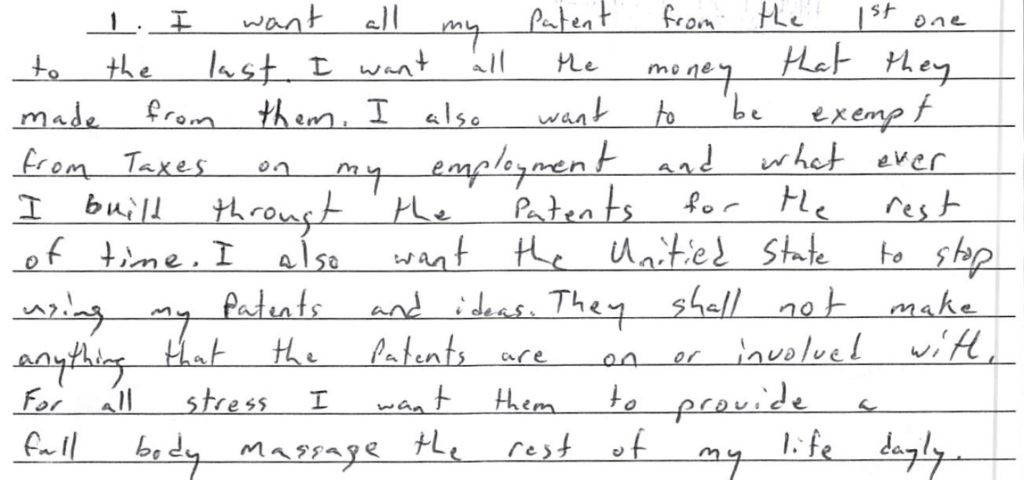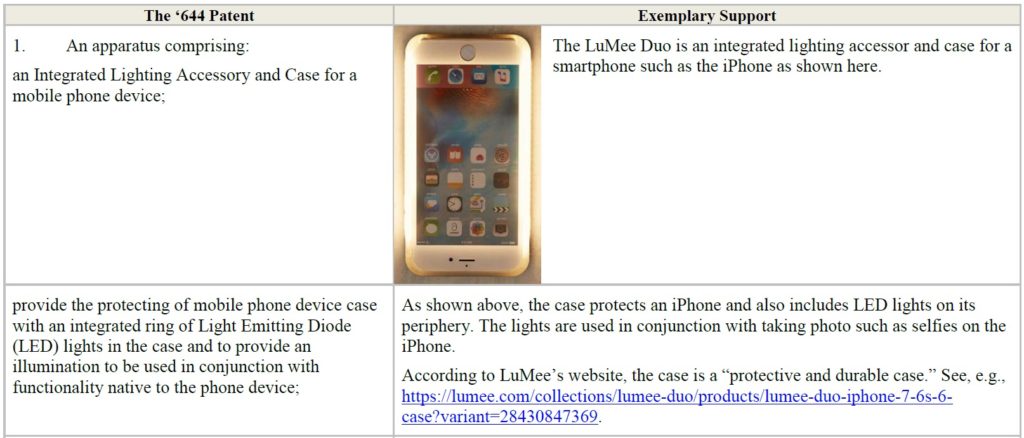In Arcelormittal Atlantique et Lorraine v. AK Steek Corp., [2017-1637] (November 5, 2018), the Federal Circuit vacated and remanded the district court’s grant of summary judgment of non-infringement of U.S. Patent Nos. 6,296,805, RE 44,153, and RE 44,940 on collateral estoppel grounds, because the product involved was materially different from the product in the prior litigation.
In January 2010, ArcelorMittal sued AK Steel for infringement, and the primary issue of the ’805 patent (the “2010 action”).1 The primary issue in the 2010 action was whether steel sheets produced by AK Steel met the “a mechanical resistance of 1500 MPa or greater” limitation after thermal treatment. The 2010 action ended in a jury verdict of non-infringement.
In April 2013, ArcelorMittal again sued AK Steel, who filed a motion to dismiss the case on the basis of collateral estoppel, arguing that the action was estopped by the verdict in the 2010 action. ArcelorMittal argued that new evidence, obtained after the verdict in the 2010 action, established that AK Steel’s new ULTRALUME products were materially different from the AXN products that were the subject of the prior action, because the ULTRALUME sheets were hot-stamped to achieve a UTS exceeding 1,500 MPa.
The Federal Circuit said that a primary issue in a collateral estoppel analysis with respect to non-infringement is whether the accused product is the same—i.e., the issue sought to be precluded is the same as that involved in the prior action—or whether the accused products have materially changed. The Federal Circuit concluded that the evidence supports the conclusion that the products are not materially the same. The evidence, when viewed in the light most favorable to non-movant ArcelorMittal, reflected a material difference in the accused product and AK Steel’s conduct since the 2011 verdict. The evidence indicated that the production process was no longer “rudimentary,” and that commercial stampers were being utilized, and that the stamped steel is being commercialized. This evidence represented a material difference in the accused products and did not exist during the 2010 action. Finally the Federal Circuit pointed out that AK Steel’s brochure, created after the 2010 action support an allegation that AK Steel is commercially marketing and supplying steel sheets to auto manufacturers that may exceed 1,500 MPa UTS after hot-stamping


